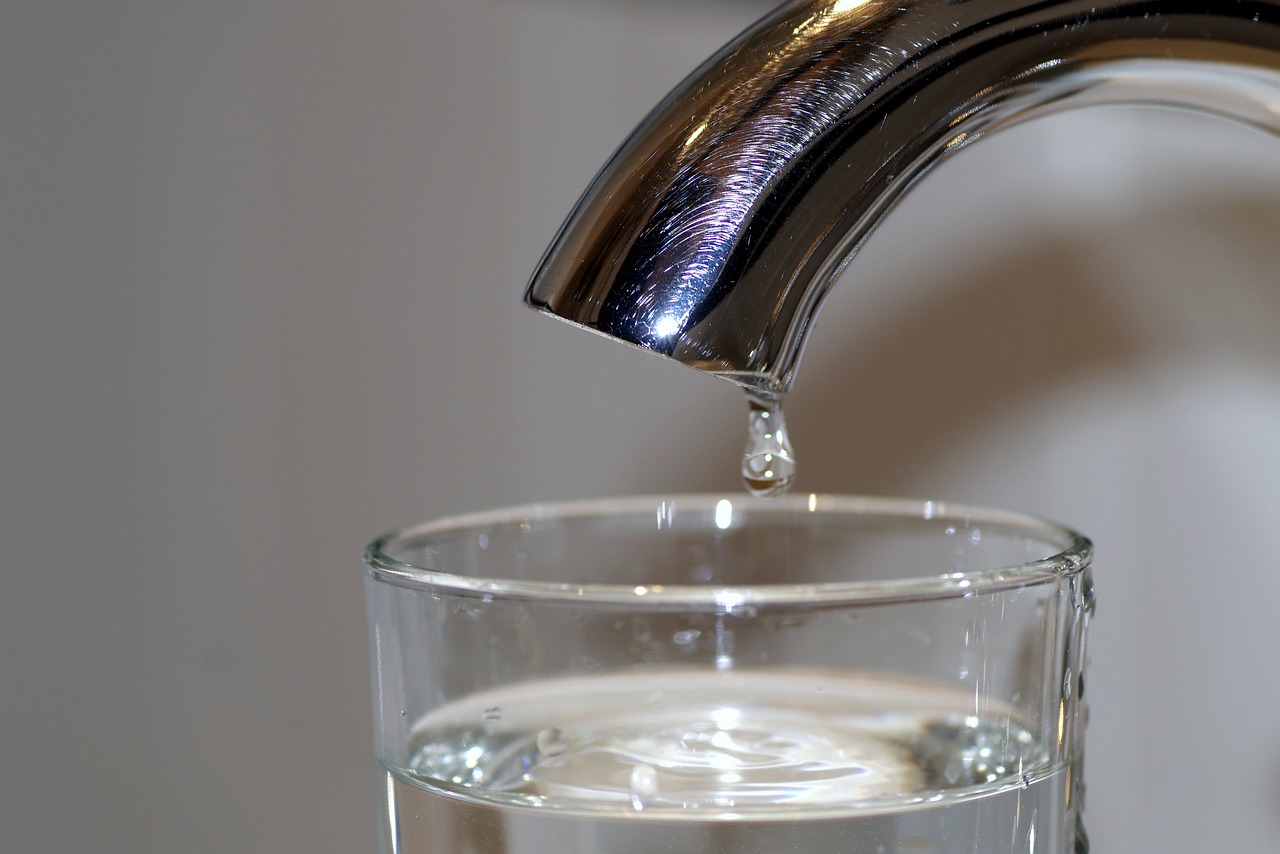State officials approved on Tuesday the extensive use of cutting-edge filtration and treatment facilities to turn sewage waste into potable water that can be poured straight into networks that connect to millions of homes through taps.
RELATED STORIES: Border Patrol Reportedly Sends Migrants To Unofficial Camps In California Desert
The technologies capable of recycling wastewater for human consumption have come a long way in recent years. Once dismissed as the controversial concept of “toilet to tap,” these advanced filtration and treatment processes have gained greater acceptance as California faces worsening drought cycles due to climate change. According to Reuters, adopting these technologies represents a significant breakthrough in water conservation efforts.
The regulations adopted by the State Water Resources Control Board have been in the making for over a decade. They provide a framework for the safe and widespread use of recycled wastewater for drinking. By reclaiming and treating the hundreds of millions of gallons of waste discharge that currently flow out to sea, California aims to use its limited water resources better. Some communities have already been implementing a practice known as “indirect potable reuse” for years. This involves blending highly purified wastewater into aquifers and reservoirs before using it as a drinking water source.
RELATED STORIES: California Fast Food Workers To Earn $20 Minimum Wage Starting Next Year
In Orange County, for example, the drinking supply for 2.5 million people is sourced from highly distilled waste that replenishes the groundwater basin and is eventually drawn back to the surface. There are various advantages for water conservation and sustainability when sewage waste is converted into drinking water.
By recycling wastewater, California may lessen its need for conventional freshwater sources, which are becoming more scarce. By taking this approach, the effects of droughts and climate change on water supply are lessened, and these priceless resources are preserved for other essential applications. Additionally, by lowering the amount of sewage dumped into rivers and oceans that are untreated or just partially treated, the usage of recycled water can aid in preserving ecosystems.
The concept of drinking recycled wastewater has faced public skepticism in the past. However, California authorities are committed to addressing these concerns through transparent communication and education. They emphasize the rigorous purification processes and safety measures in place to ensure the quality and safety of the converted sewage water. California aims to overcome reservations and gain acceptance for this sustainable solution by fostering public engagement and trust-building efforts.

